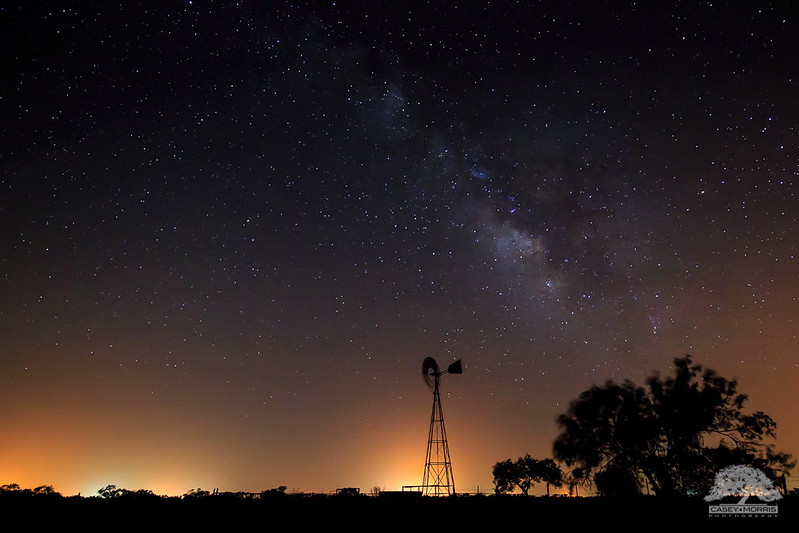I need some advice. I am an addicted amateur photographer. Long exposures are my thing. I shoot a Nikon 7100. Perhaps a stupid question but a question none the less. How do you guys manually focus on the night sky/low light when light doesn't allow?
Announcement
Collapse
No announcement yet.
Focus Focus Focus
Collapse
X
-
I agree, it is dang hard! I am very very new to night time photography, and my main issue is manually focusing at night. Someone on here posted that they follow Dave Morrow and use his techniques. I'd never heard of him, but I googled it and found his website. If you sign up for his newsletter and read on his website he discusses this topic. Give it a look, it has helped me!Originally posted by rbsears View PostI need some advice. I am an addicted amateur photographer. Long exposures are my thing. I shoot a Nikon 7100. Perhaps a stupid question but a question none the less. How do you guys manually focus on the night sky/low light when light doesn't allow?
-
I didn't take it that way at all. I get closing down my f-stop. What I'm working on is focusing on, say, a tree and lighting it up with artificial light but still get some celestial light. The problem I'm having is focusing on said tree in extreme low light situations without using artificial light to focus. I'll typically just use my phones' light and that isn't enough.Originally posted by ezypikns View Postsmaller apertures = greater depth of field so more of your view will be in focus. If you're using long exposures on a well anchored tripod it won't make any difference anyway.
Comment
-
Unless your using a star tracker closing down your aperture won't work because it will bump your ISO into the stratosphere. Assuming your using a wide lens, the longest exposure you can take is 20-30 seconds before you get star trails because of the earths rotation.Originally posted by rbsears View PostI didn't take it that way at all. I get closing down my f-stop. What I'm working on is focusing on, say, a tree and lighting it up with artificial light but still get some celestial light. The problem I'm having is focusing on said tree in extreme low light situations without using artificial light to focus. I'll typically just use my phones' light and that isn't enough.
If your just taking a sky shot, figure out where your lens should be set for manual focus and make a mark for future reference, it should be close to infinity. When I want to put a tree or building in the picture I use a large flashlight to get my focus. Just be sure and get the object in line with the milky way because after using the flashlight you won't be able to see the milky way for a few minutes until your eyes readjust. If you find a better method let me know.
Comment
-
Wide open aperture, 2.8 if you can get there.
The wider the focal length the better, as you can expose longer without streaking stars.
If you have live view on your camera, use it and focus manually. I'll turn on live view and zoom the lcd screen to 10x and focus manually. This works like a charm. You'll need a steady tripod.
The following was taken at f4.0, ISO 3200 and 10 second exposure at 16mm focal length. Hope this helps.
 South Texas Milky Way by Casey Morris, on Flickr
South Texas Milky Way by Casey Morris, on Flickr
Comment
-
What he said.. Sometimes I will your a flash light to light up the foreground to get it in focus, then turn it off for the exposure. If not, I just use a distant light and the afore mentioned lcd zoom to get the proper infinity focus.Originally posted by Casey View PostWide open aperture, 2.8 if you can get there.
The wider the focal length the better, as you can expose longer without streaking stars.
If you have live view on your camera, use it and focus manually. I'll turn on live view and zoom the lcd screen to 10x and focus manually. This works like a charm. You'll need a steady tripod.
The following was taken at f4.0, ISO 3200 and 10 second exposure at 16mm focal length. Hope this helps.
 South Texas Milky Way by Casey Morris, on Flickr
South Texas Milky Way by Casey Morris, on Flickr
Lighting foreground can be really tricky and I'm get to master it.. Sometimes I just like foreground blacked out as a silhouette..
As much as ppl like to shoot night photos with the moon gone, the moon light can really light your foreground if you have it behind you.. I use that sometimes if its all in the right spot.
Comment
-
Different cameras have different focusing abilities in low light. I always carry a flashlight or spotlight in my truck. Then I can light my subject with the flashlight and get my focus. I use back button focusing, but you can just as easily switch to manual focus after you're set. Then turn off the flashlight and snap away. If something is too far away to hit with the flashlight, then you can try to find something in the distance that would focus on the infinity mark on the lens. For example, I was shooting one night, and my subject was one direction but I could turn around and see a streetlight that I could focus on to infinity and then recompose with my subject and be good.
Comment


Comment